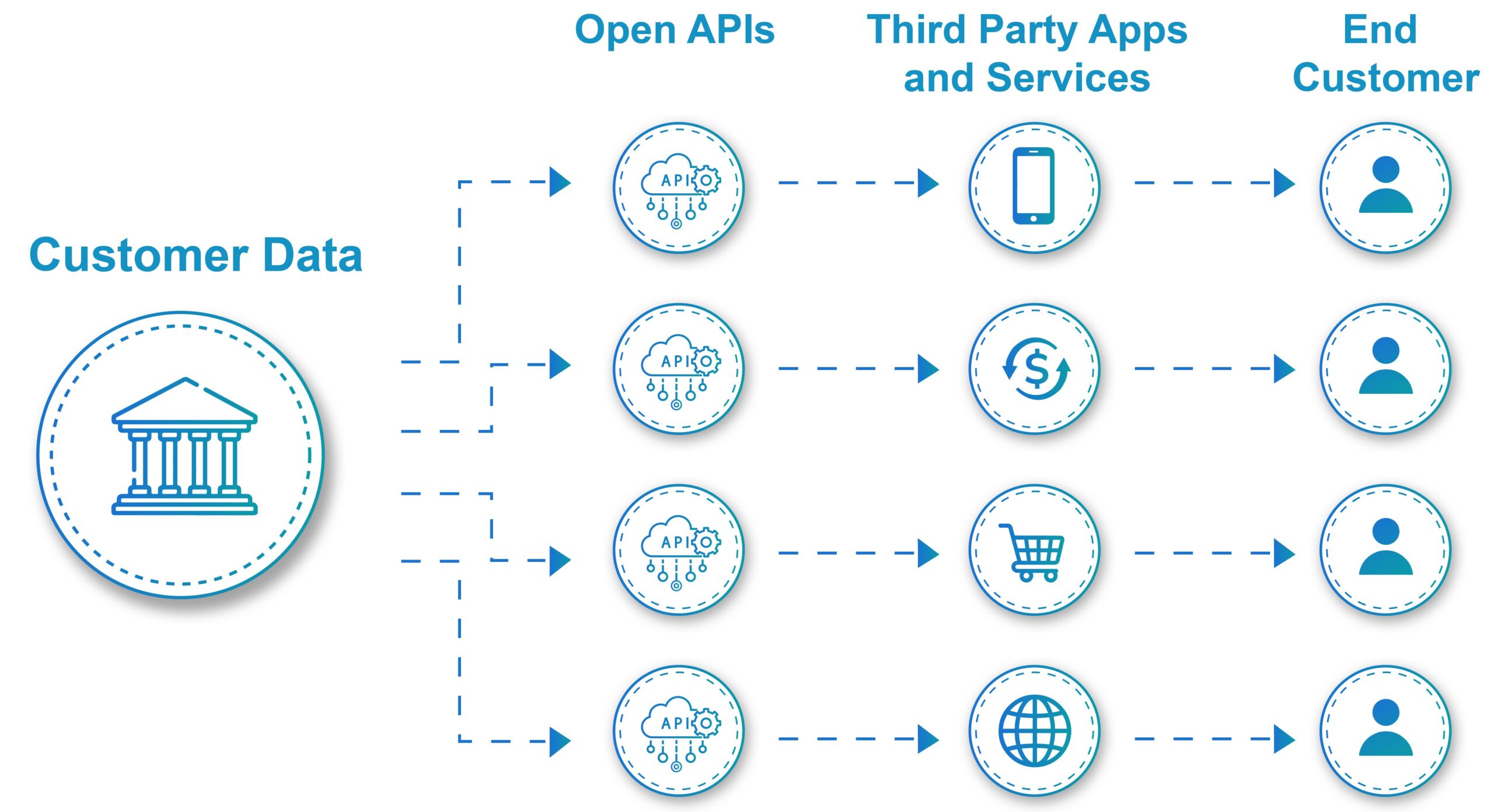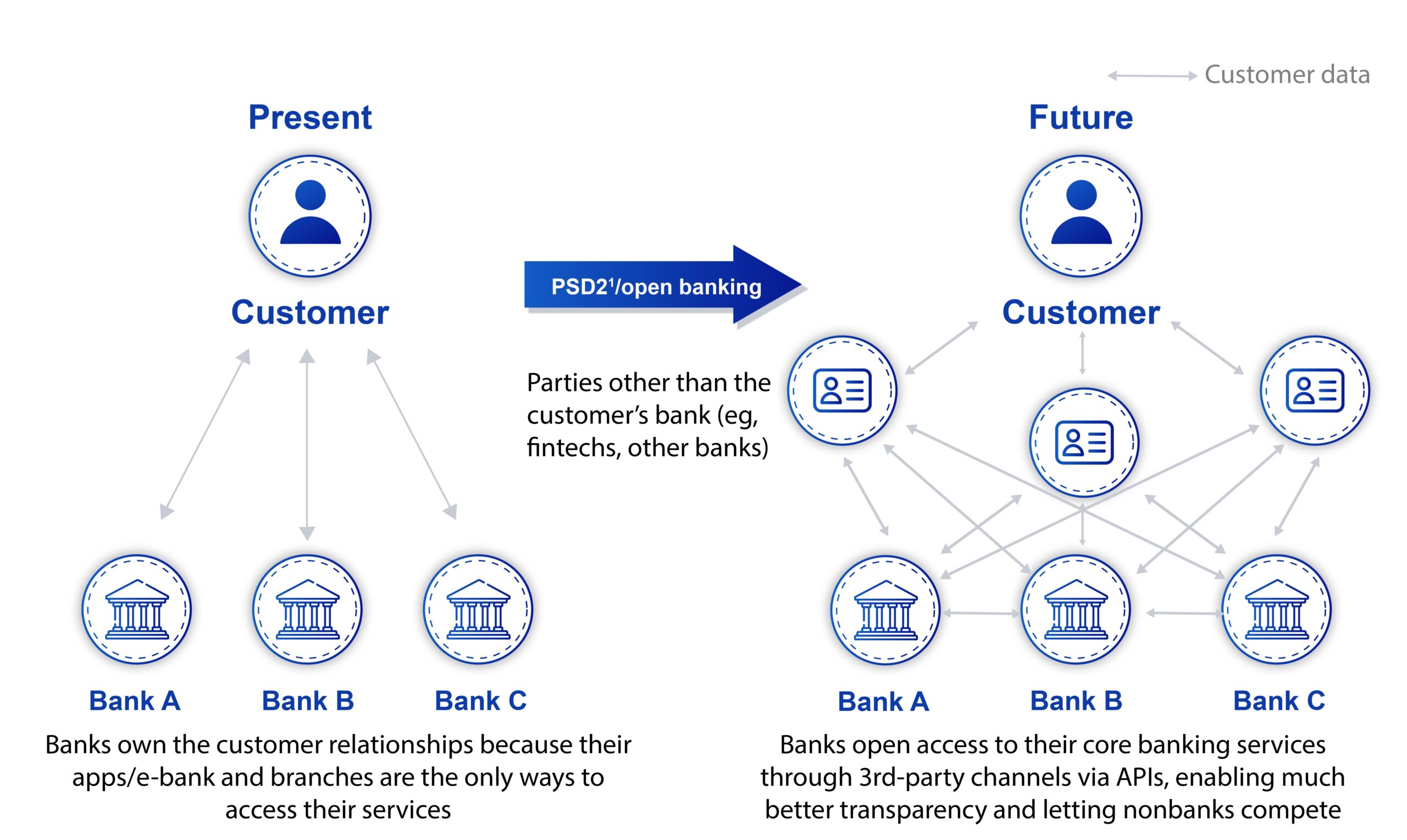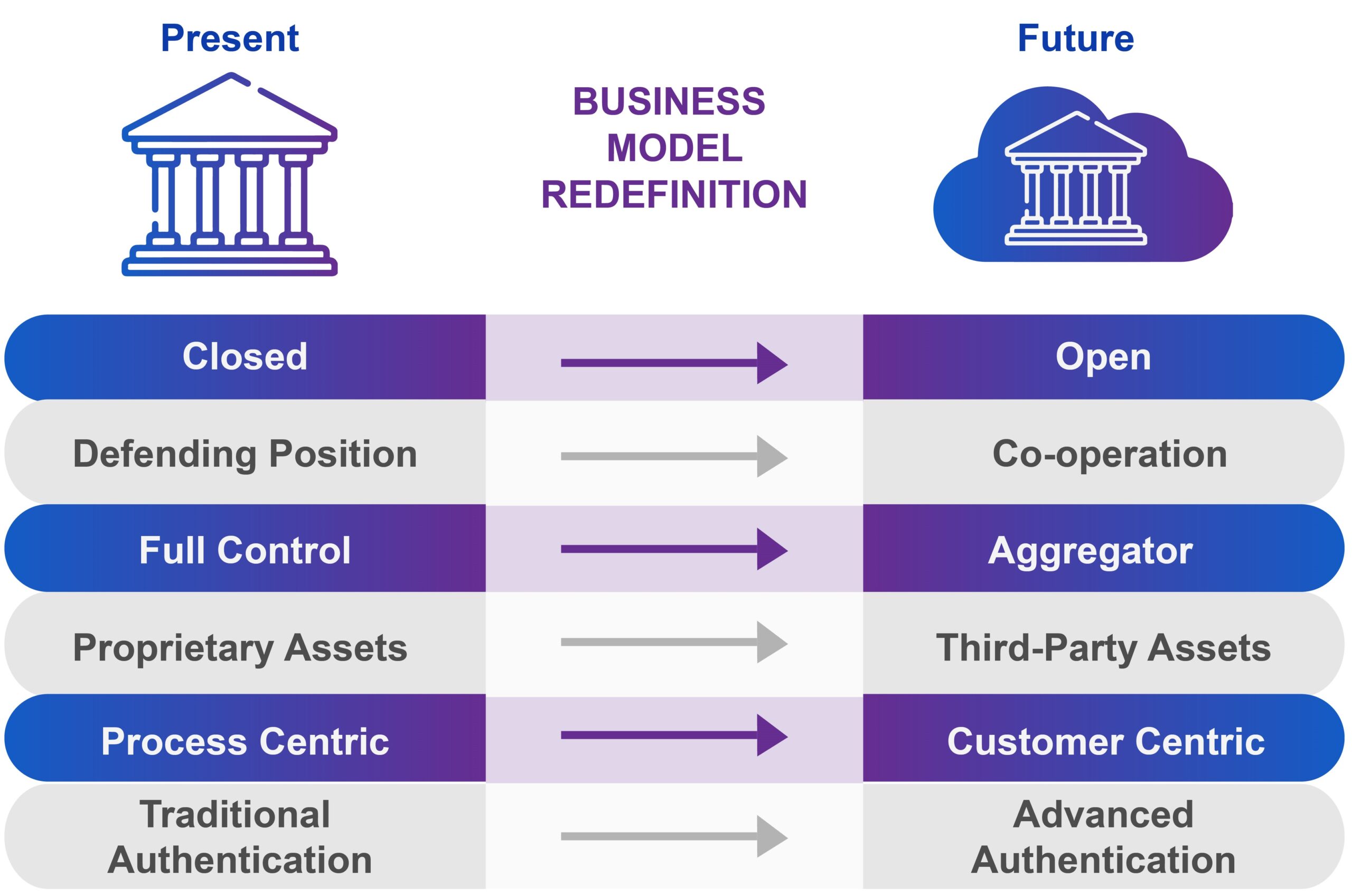The advancement in mobile internet through introduction of 5G, has laid a strong platform for Telecommunication companies to expand their customer base by infringing into various other domains like – OTT, BFSI, Fintech, E-commerce, and other domains. Currently, Telcos and OTT platforms partner with each other for a mutually beneficial monetization channel. Additionally, Telco gets the advantage over OTT’s massive content streaming globally, resulting in massive data consumption. Similarly, OTTs get the access to Telco’s huge user base, which radically decreases OTT’s user acquisition costs. This way, Telcos are meeting their growth in customer base, while OTTS are benefiting through monetizing their VOD contents with the reach ISPs have.
Consequently, for stable content streaming on cellular networks, high quality streaming is needed, which is seldom met while watching movies or longer format of contents. With 5G, users will rejoice high-quality streaming on their cellular network. Speaking of Telco, it is not always about mobile internet. Broadband also plays its part. Hence, even in broadband service, similar partnerships are being seen.
This blog addresses telco crossovers into OTTs and how advent of 5G will disrupt OTT’s Platform architecture soon and reason behind the disruption and how this may occur. Historically, Telcos have been steadfast on Quality of service, while OTTs are driving to push Quality of Experience. However, OTTs have realized Quality of Service also plays a key role in enhancing customer experience. Telcos lacked sufficient levels in Quality of Service (QoS) for offering a higher Quality of Experience (QoE) as they were ineffective on ways to improve their QoS to support an OTT use case. In this case, QoE in most common term refers to unbuffered streaming, which is directly proportional to the content playback experience or QOE.
This advent therefore is suspected to build a bridge across the pure-play CDN (Content Distribution Network) providers, meaning CDNs who were responsible to bring QoE to end users will now be threatened for business value with both Telco and OTT operators. So far, CDN’s have capitalized on the opportunity to become the liaison between the two domains Telco and OTT.
Let’s understand how CDN’s are behaving as intermediary between TELCO and OTT?
 In the digital entertainment world, QoE is directly proportional to unbuffered streaming and other factors, but for sake of this discussion, lets focus on seamless viewing experience. OTT players lose memberships when there is a lack in QoE. Similarly, drop in OTT subscriptions causes dip in data traffic affecting business for Telcos. Since unbuffered streaming is one of the critical factors for customer retention and acquisition; CDNs are planting local servers for content distribution globally and are using large size caching to store content regionally and hyper locally to reduce buffering by avoiding round-trip transit to the content server. Thereby acting as a catalyst for streaming experience.CDN’s are QoE brokers for OTT’s and play the role of market disrupters, who have pushed users to increase data and content usage. Within this ecosystem, CDN’s have become the main influencers and profit earners, as their involvement has been largely in providing local servers. They also address the Security aspects and function as Shock-absorbers for the OTT Content servers.
In the digital entertainment world, QoE is directly proportional to unbuffered streaming and other factors, but for sake of this discussion, lets focus on seamless viewing experience. OTT players lose memberships when there is a lack in QoE. Similarly, drop in OTT subscriptions causes dip in data traffic affecting business for Telcos. Since unbuffered streaming is one of the critical factors for customer retention and acquisition; CDNs are planting local servers for content distribution globally and are using large size caching to store content regionally and hyper locally to reduce buffering by avoiding round-trip transit to the content server. Thereby acting as a catalyst for streaming experience.CDN’s are QoE brokers for OTT’s and play the role of market disrupters, who have pushed users to increase data and content usage. Within this ecosystem, CDN’s have become the main influencers and profit earners, as their involvement has been largely in providing local servers. They also address the Security aspects and function as Shock-absorbers for the OTT Content servers.
Since Telcos follow a content aggregator model, they do not offer original contents, but only aggregate them from different OTT providers. For instance, Vi Movies & TV, Airtel TV+ and Airtel Xstream have content from ZEE, Voot, Netflix, and other OTTs. OTT companies tunnel visioned on developing their own digital applications and contents, they too are transitioning into a content aggregation model as it has proven to be an alternate/additional monetization channel to sustain users and revenues.
Live streaming, which is one of the most popular among audiences, has 10 times longer viewership than VOD content. Consequently, it faces challenges related to quality streaming owing to consistency of network bandwidth and network coverage. CDNs help offload the excess workload from the origin servers to the network. Meanwhile it takes a lot of computing power for a single server to respond to requests, and even more so for video live streaming, CDNs protect the source servers from overload and keep it operational. With CDN adaptation, it becomes much more scalable, along with stream quality and performance improvements.
Drilling into Content Aggregation business model for Telcos
This was initially implemented by Telcos to monetize the data consumption on their network. They achieved this by accumulating contents from numerous OTTs, developing a Reco-engine, which understood user behaviour and suggested content best to match respective interests of its userbase. Now, OTTs realized they could benefit partnering with Telcos as they would be able to use the Reco-engine and promote their contents without much effort. Additionally, they could use Telcos 5G infrastructure and Edge computing technologies to enhance their QoE to their end users with a mission of increasing user acquisition without having core dependency on a CDN. CDN’s will now be more of an assist than an impact in a 5G ecosystem.
Some Insights
- India’s 5G subscriptions are expected to reach around 350 million by 2026.
- 5G telecom networks are expected to power up to 2% of India’s GDP which is around $180 billion by 2030.
Overview on how 5G and Edge Computing technologies are transcending Telco and OTT domains
5G networks use high-frequency bands, enabling faster data transmission between cell sites and user devices. 5G data rates are ideally expected to hit around 10 GB/s, which is 100 times faster than 4G LTE networks. CDN’s have been using the 5G technology and using them in setting up their hardware environment to cater to 5G. Virtualizing this hardware, we enter the world of Edge computing. Edge computing minimizes network distance between client and server by bringing computation to network. On implementing Edge Computing, contents can be cached on user’s device by using its computational capabilities to leverage network’s computing powers to ensure a better QoE to customers. As network infrastructure capability evolves and telcos build higher computational capability into their sim cards, the device industry will undergo an upgrade. Today people relay more than their smart phones than their laptops or computers as they have equivalent or greater computational power, both graphically and in terms of performance. Similarly, Telcos are upgrading their SIM cards to have higher computational capabilities, so a layer of processing can happen on client side as well. The combination of 5G and Edge Computing paves way to a higher network processing speeds and lower latency rates resulting in greater QoE and QoS.
According to survey, India is expected to become the fastest-growing telco advertisement market with an annual growth rate of 11% between 2020-23.
5G technology is addressing issues with respect to QoS. As it uses frequency spectrum under 6 GHz. Though the 6 GHz bandwidth range is not a significant improvement over 4G, it does offer the flexibility needed for a seamless or reduced buffered viewing experience given the frequency spectrum in which the content streaming is available. Consumer offerings use frequency bands available at 28–40 GHz, with ability to fall back to 6 GHz bandwidth range where large distances are to be covered.
Predicting the future of Telco and OTT partnership 
Companies using with CDNs, would head towards disruption by exploding the data consumption with ISPs in the next 5–10 years. OTT has always envisioned to function on CDN architecture, and this will now get a boost – CDS will now be optimally exploited for higher QoE by OTT platforms. Now, all OTTs will start looking at reducing the cost of ownership with pure-play boutique CDN player and consider having a bundled service engagement with a its B2B contracts with Telcos. Telcos themselves will contest with pure-play CDN infra players and this will be an interesting phase for us to watch the disruptions.
Government initiatives for Telco industry- The Future, what’s up with 6G?
In India’s 2022-23 Union Budget, Indian government has allocated US$ 11.11 billion to the Department of Telecommunication to develop 6G technology. It has also formed a Sixth-generation innovation group and is planning to develop 100 smart city projects, where IoT will play a vital role.
While worldwide CDNs have often been able to meet demand for VOD OTT services, live OTT streaming poses more complexities. Live OTT services are causing traffic surges that are so high that they can overload networks, which has put OTT industry at an inflection point. During popular sports events, millions of people simulcast the live streaming. In such a scenario, QoE issues, such as rebuffering and low streaming quality, can arise unless network operator has forecasted extra capacity for the peak audience load.
Did you know?
 The average traffic per smartphone in India was 18.4 GB per month in 2021 and is expected to grow to 50 GB per month by 2027.The added live OTT traffic directly results in higher network costs, needing the investment in network upgrades. According to global CDN figures, peak OTT traffic is expected to grow by 70–80% on a yearly basis. With 5G, consumer messaging will be focused on higher bandwidth and lower latency, which will make multitude of streaming videos available via internet. Without a huge capital outlay, anyone with a 5G connection can be a content originator, making it possible to content creators to access their markets with higher streaming quality than ever before.
The average traffic per smartphone in India was 18.4 GB per month in 2021 and is expected to grow to 50 GB per month by 2027.The added live OTT traffic directly results in higher network costs, needing the investment in network upgrades. According to global CDN figures, peak OTT traffic is expected to grow by 70–80% on a yearly basis. With 5G, consumer messaging will be focused on higher bandwidth and lower latency, which will make multitude of streaming videos available via internet. Without a huge capital outlay, anyone with a 5G connection can be a content originator, making it possible to content creators to access their markets with higher streaming quality than ever before.
Serverless architecture will be one of those things that will come up in the future and IGS’s quality engineering perspective is all set to adapt to it. A lot of analytics will be direct to ISPs because they have richer access to analytics than a CDN. Since CDN market is fragmented, looking at Telco network, they are aggregated and are directly available to the users. Let’s not forget that they have international tie-ups in terms of roaming. Hence, there is Telco aggregation happening and therefore, global data availability in terms of data analytics is much higher than a pure-play CDN player.
The total revenue generated by mobile operators in 2021 was around 1.08 trillion US dollars and within 2025, it is expected to increase by a whopping amount – 100 billion US dollars.
From IGS perspective, we are registering these changes today and getting ready for the future, in terms of how we can put up an engineering aspect to quality, when a CDN switches from being a core to an assist mode in the 5G evolution. Our Digital Assurance lab is already procuring 5G ready and 5G inventory to enable the transformation and shifts. From testing point of view, we are realigning our engineering strategies to address these changes. We are factoring in the impacts around these towards our Effort Estimation algos and utilities developed to confirm the QoE for our OTT customers. Our entire reusability test suite for context aware transactions, Casting, Muti-device Registrations, QoE on tethered connections and Gamified feature with respect to OTTs has been reimagined and recalibrated test cases where necessary.
IGS with its vision to be future-proof and being ready to accept the advent of 5G is an intriguing case of modernization for us in OTT practice.
Stay tuned for more insights on the evolving QE adjustments, with 5G playing a significant role in OTT big bang.






 Performance Testing – While dealing with millions of requests, open banking APIs must maintain a high response rate and reliability. The functioning of API is evaluated through performance testing to make sure it can manage anticipated traffic without performance deterioration.
Performance Testing – While dealing with millions of requests, open banking APIs must maintain a high response rate and reliability. The functioning of API is evaluated through performance testing to make sure it can manage anticipated traffic without performance deterioration. Error Handling – To help end users identify the problem and developers resolve issues, open banking APIs must give clear and concise error messages. Error-handling mechanisms are tested during API testing to make sure they are efficient and clear.
Error Handling – To help end users identify the problem and developers resolve issues, open banking APIs must give clear and concise error messages. Error-handling mechanisms are tested during API testing to make sure they are efficient and clear. Integration Testing – Open banking involves a number of partners, including banks, vendors and different software programs. APIs seamless interaction with one another and underlying systems is verified through integration testing.
Integration Testing – Open banking involves a number of partners, including banks, vendors and different software programs. APIs seamless interaction with one another and underlying systems is verified through integration testing. User Experience – API testing has a direct impact on application’s user experience. It ensures application reliability, security, performance, reduced downtime and scalability, which are essential to having an outstanding user experience.
User Experience – API testing has a direct impact on application’s user experience. It ensures application reliability, security, performance, reduced downtime and scalability, which are essential to having an outstanding user experience.













 In the digital entertainment world, QoE is directly proportional to unbuffered streaming and other factors, but for sake of this discussion, lets focus on seamless viewing experience. OTT players lose memberships when there is a lack in QoE. Similarly, drop in OTT subscriptions causes dip in data traffic affecting business for Telcos. Since unbuffered streaming is one of the critical factors for customer retention and acquisition; CDNs are planting local servers for content distribution globally and are using large size caching to store content regionally and hyper locally to reduce buffering by avoiding round-trip transit to the content server. Thereby acting as a catalyst for streaming experience.CDN’s are QoE brokers for OTT’s and play the role of market disrupters, who have pushed users to increase data and content usage. Within this ecosystem, CDN’s have become the main influencers and profit earners, as their involvement has been largely in providing local servers. They also address the Security aspects and function as Shock-absorbers for the OTT Content servers.
In the digital entertainment world, QoE is directly proportional to unbuffered streaming and other factors, but for sake of this discussion, lets focus on seamless viewing experience. OTT players lose memberships when there is a lack in QoE. Similarly, drop in OTT subscriptions causes dip in data traffic affecting business for Telcos. Since unbuffered streaming is one of the critical factors for customer retention and acquisition; CDNs are planting local servers for content distribution globally and are using large size caching to store content regionally and hyper locally to reduce buffering by avoiding round-trip transit to the content server. Thereby acting as a catalyst for streaming experience.CDN’s are QoE brokers for OTT’s and play the role of market disrupters, who have pushed users to increase data and content usage. Within this ecosystem, CDN’s have become the main influencers and profit earners, as their involvement has been largely in providing local servers. They also address the Security aspects and function as Shock-absorbers for the OTT Content servers.
 The average traffic per smartphone in India was 18.4 GB per month in 2021 and is expected to grow to 50 GB per month by 2027.The added live OTT traffic directly results in higher network costs, needing the investment in network upgrades. According to global CDN figures, peak OTT traffic is expected to grow by 70–80% on a yearly basis. With 5G, consumer messaging will be focused on higher bandwidth and lower latency, which will make multitude of streaming videos available via internet. Without a huge capital outlay, anyone with a 5G connection can be a content originator, making it possible to content creators to access their markets with higher streaming quality than ever before.
The average traffic per smartphone in India was 18.4 GB per month in 2021 and is expected to grow to 50 GB per month by 2027.The added live OTT traffic directly results in higher network costs, needing the investment in network upgrades. According to global CDN figures, peak OTT traffic is expected to grow by 70–80% on a yearly basis. With 5G, consumer messaging will be focused on higher bandwidth and lower latency, which will make multitude of streaming videos available via internet. Without a huge capital outlay, anyone with a 5G connection can be a content originator, making it possible to content creators to access their markets with higher streaming quality than ever before.